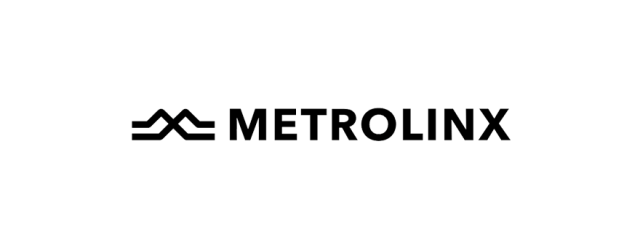ACI Worldwide on reaping the benefits of payments Modernization to better serve corporate customers
Payments Canada asked ACI Worldwide’s Glenn Wolff, Head of Sales North America, and Craig Ramsey, Head of Real-Time Payments, about Canada’s approach to real-time payments and the opportunities it will bring.
What’s unique about Canada’s approach to evolving real-time payments?
Craig Ramsey: Canada’s person-to-person (P2P) market is already well served by Interac eTransfer, however the introduction of a new P2P real-time payments system will create further opportunities. Therefore, Canada is being strategic in launching a new real-time payments system with a focus on business-to-consumer and business-to-business use cases with the need for ubiquity, real-time settlement, payment transparency, cross-border capabilities and rich-data standards. Real-time data will support corporate customers through automated processing and discourage the use of cheques in favour of digital payments.
Glenn Wolff: From the consumer perspective, existing real-time payments don’t need an overhaul, meaning that businesses need to differentiate themselves by offering faster payments disbursements to their customers. Canada has been thoughtful in its approach to real-time payments by considering the commercial proposition holistically against the entire payments ecosystem. This strategy was devised through a strong, centralized approach to collaborate by identifying key stakeholders across the industry and within global markets.
How can Canadian financial institutions and payments processors create new value for corporate customers as a result of payments Modernization?
Craig Ramsey: Canada is well on the way to creating new value from modernized real-time payments, thanks to its focus on commercial propositions. This focus plays into individual use cases that leverage benefits of ISO 20022, the global payments messaging standard, that will enable straight-through processing and payment transparency.
This can extend into cross-border transactions via SWIFT’s gpi service, and within future real-time payments. The same payment transparency can also be applied to the data contained within the payment messages, enabling it to flow seamlessly into corporate reconciliation processes and enterprise resource planning systems.
Automation is at the top of the agenda for large corporates with manual finance departments, including services that integrate robotic process automation. Request-to-pay in real-time will also create opportunities for corporate billing operations, if they can be bank initiated and delivered through secure channels like mobile banking apps.
Glenn Wolff: Financial institutions and intermediaries should follow the lead of payments Modernization and begin evaluating their current capabilities to understand what can be repurposed in their digital transformation. Not every payments engine will need to be immediately upgraded if the right real-time hub capabilities can be created around it.
For example, one of our Canadian customers was able to deliver real-time benefits to its corporate client by using the capabilities of their payment hub. They were able to accept batch files from their corporate client, and then orchestrate those as individual real-time payments disbursed to the end recipient via Zelle. The uplift in customer experience was significant, without our customer requiring a change in their system. This is just one example of how Canadian financial institutions can drive value even in the early stages of their payments Modernization journey.




